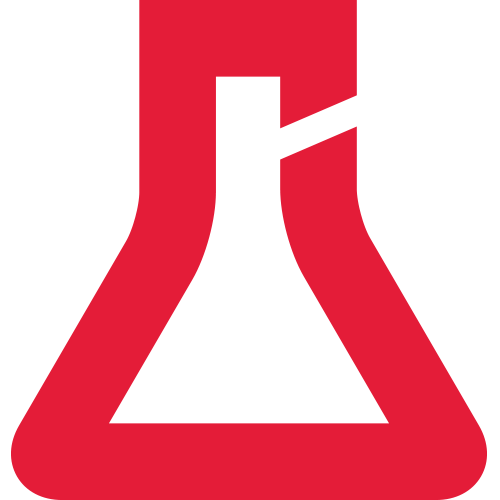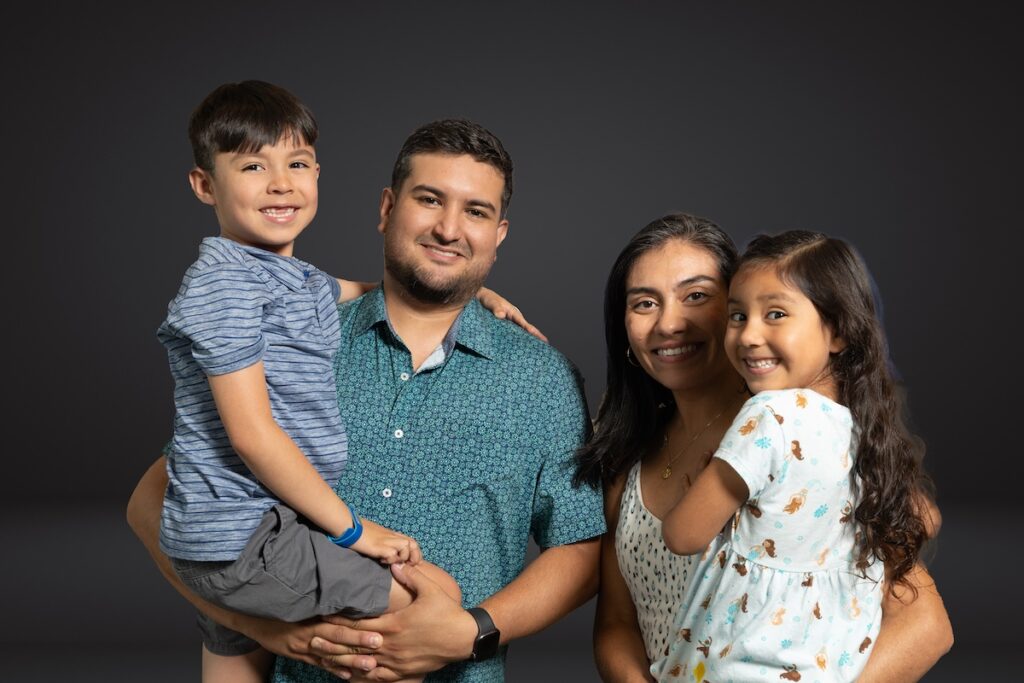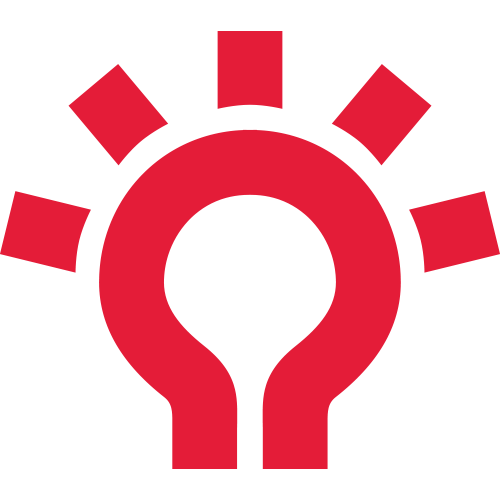Approved Duchenne Gene Therapies
ELEVIDYS is an adeno-associated virus (AAV) vector-based micro-dystropin gene therapy indicated for the treatment of people with Duchenne muscular dystrophy who are at least 4 years of age and do not have antibodies to AAVrh74.
- The indication in ambulatory patients is approved under traditional approval based on functional benefits observed in patients treated with ELEVIDYS.
- The indication in non-ambulatory patients is under the accelerated approval pathway based on increased levels in micro-dystrophin being reasonably likely to predict clinical benefit in the non-ambulatory population and will require confirmatory studies to convert to traditional approval.
View PPMD’s resources regarding eligibility and access to ELEVIDYS >




 Gene Therapy Trials & Results Data
Gene Therapy Trials & Results Data

 Gene Therapy Terms to Know
Gene Therapy Terms to Know

